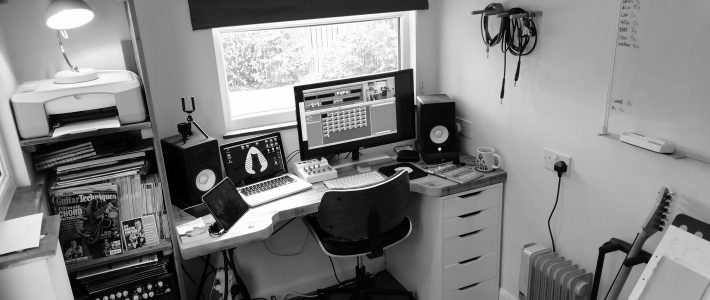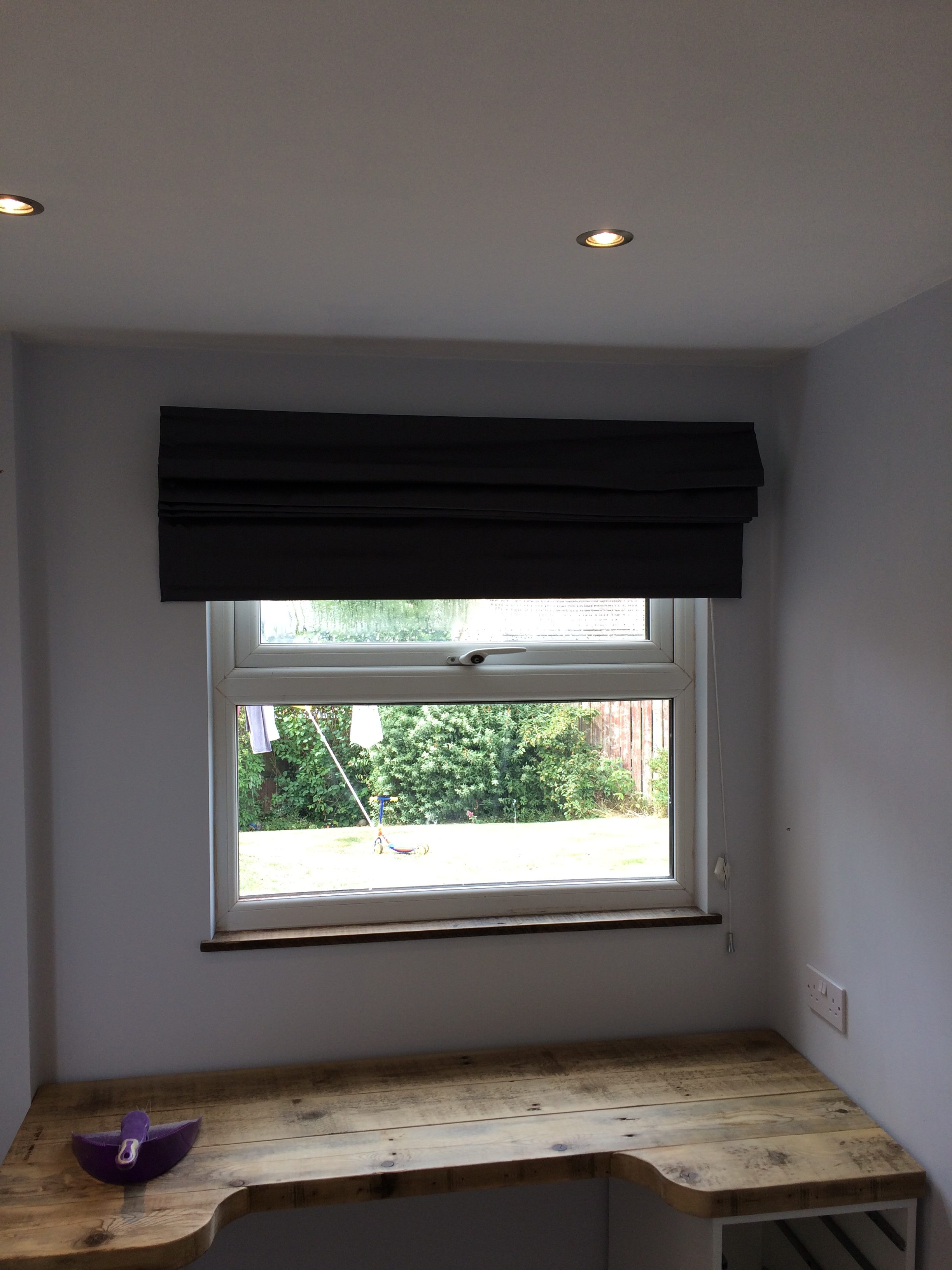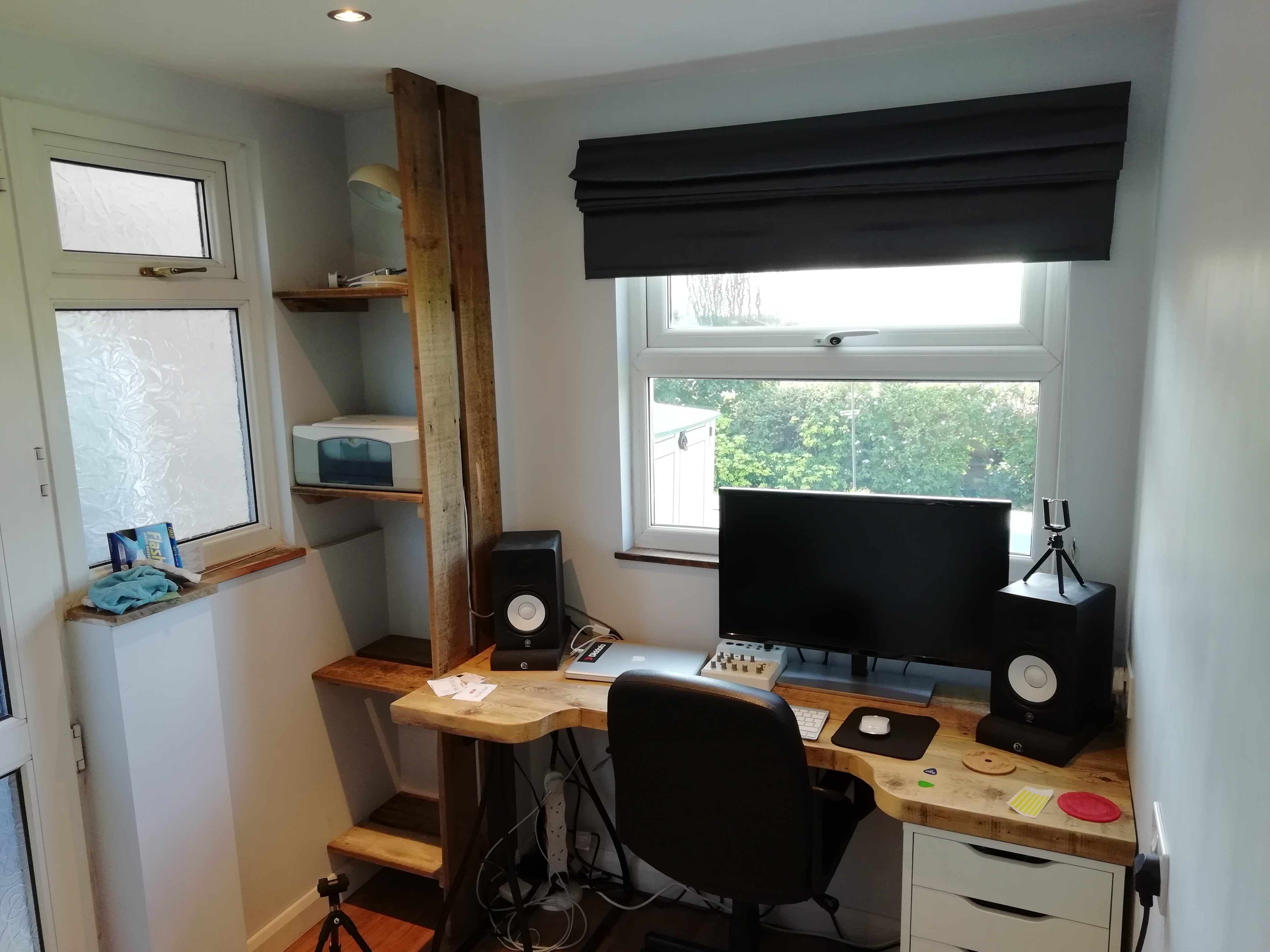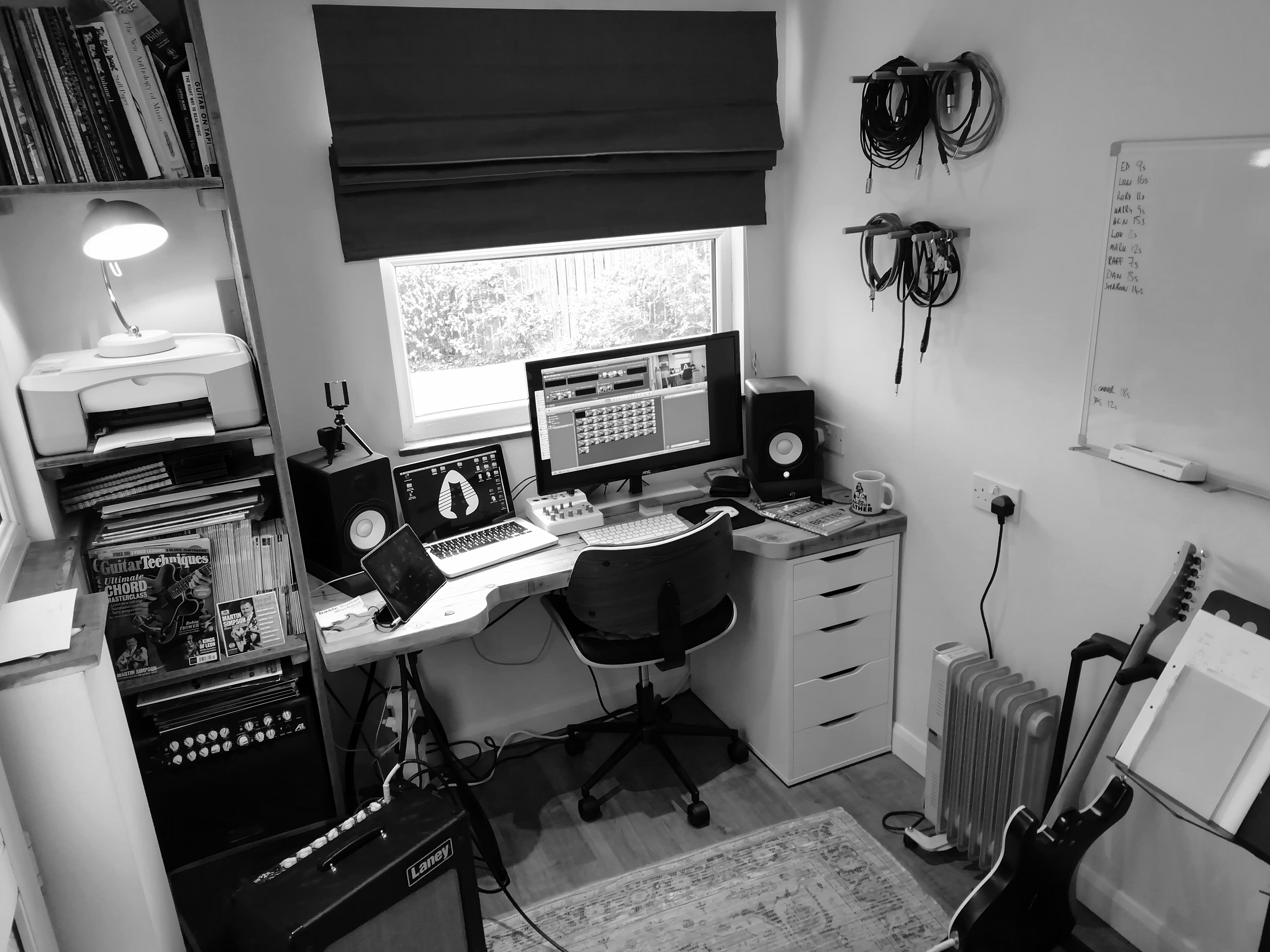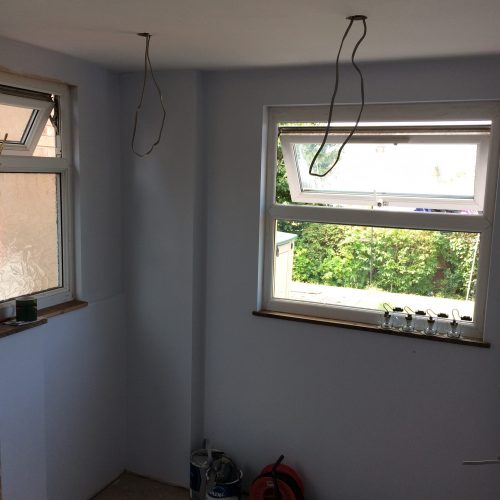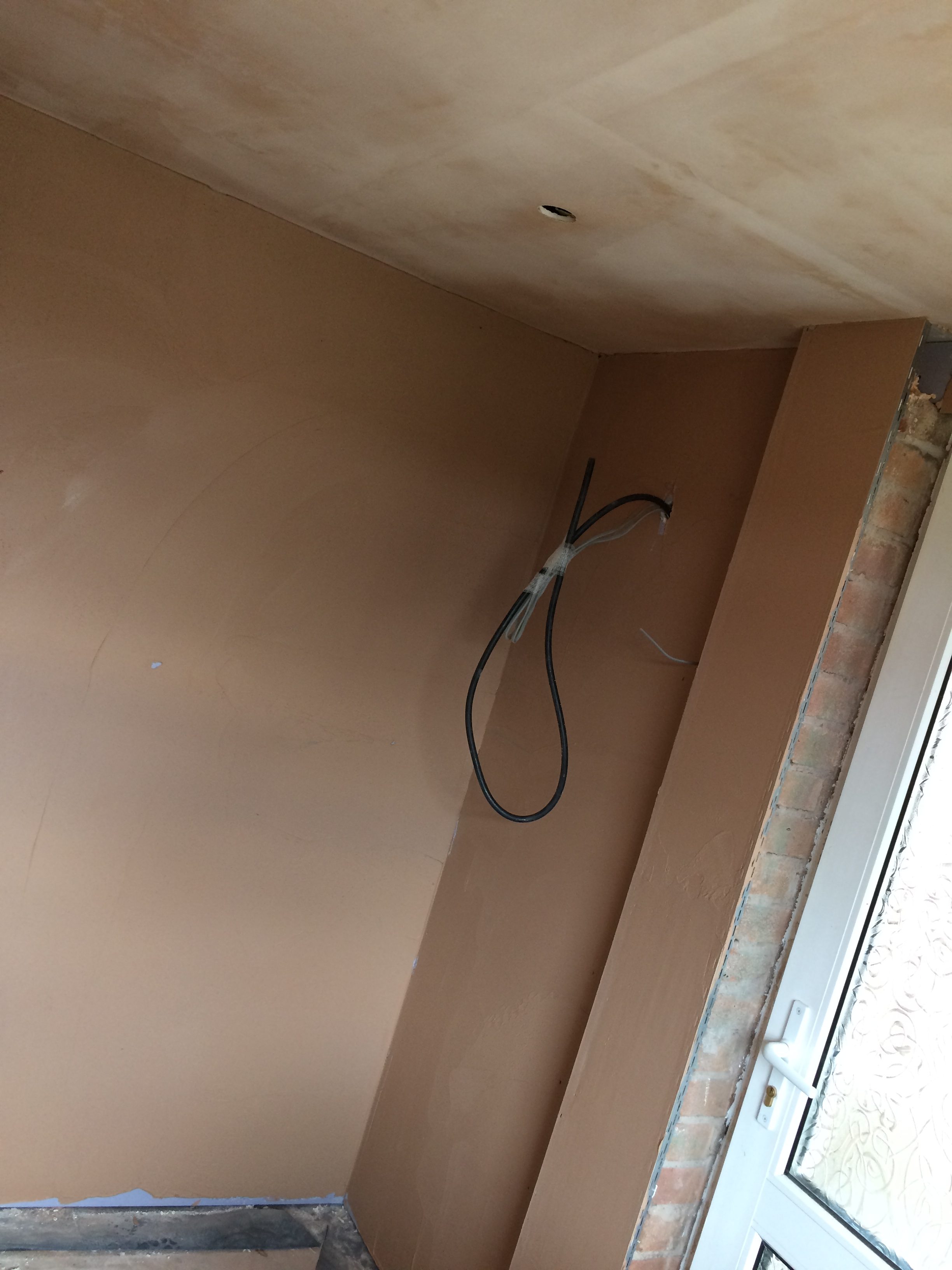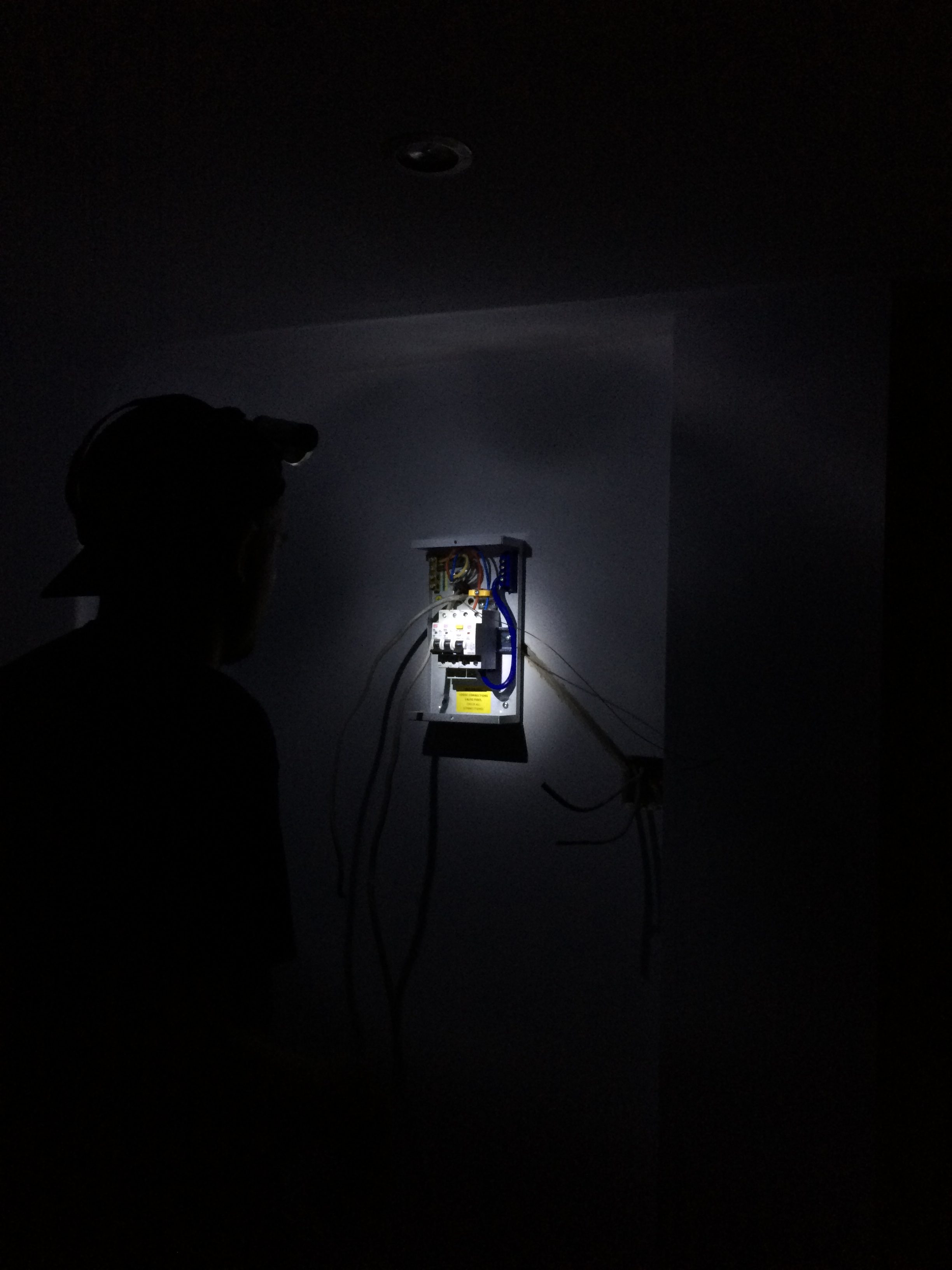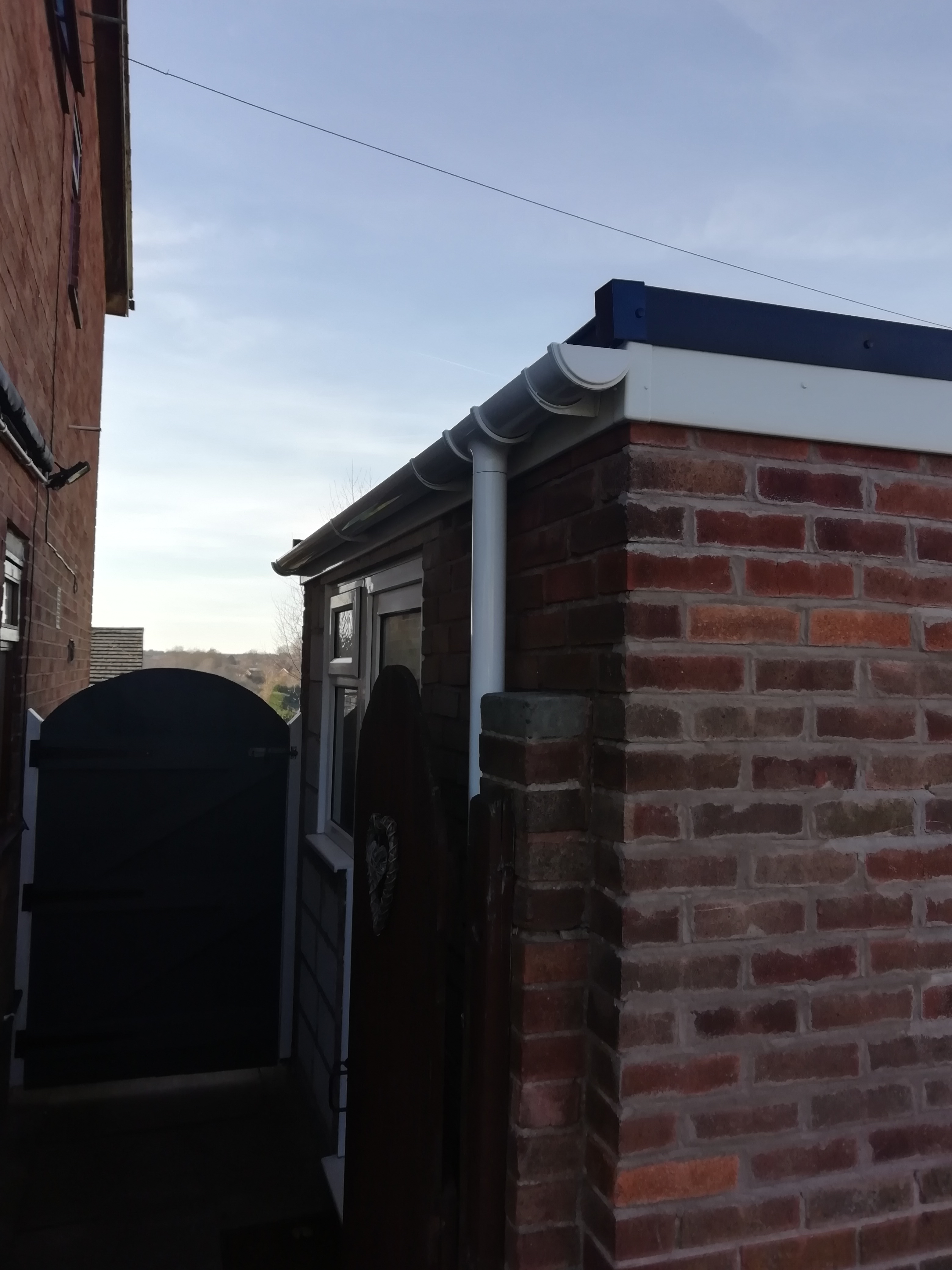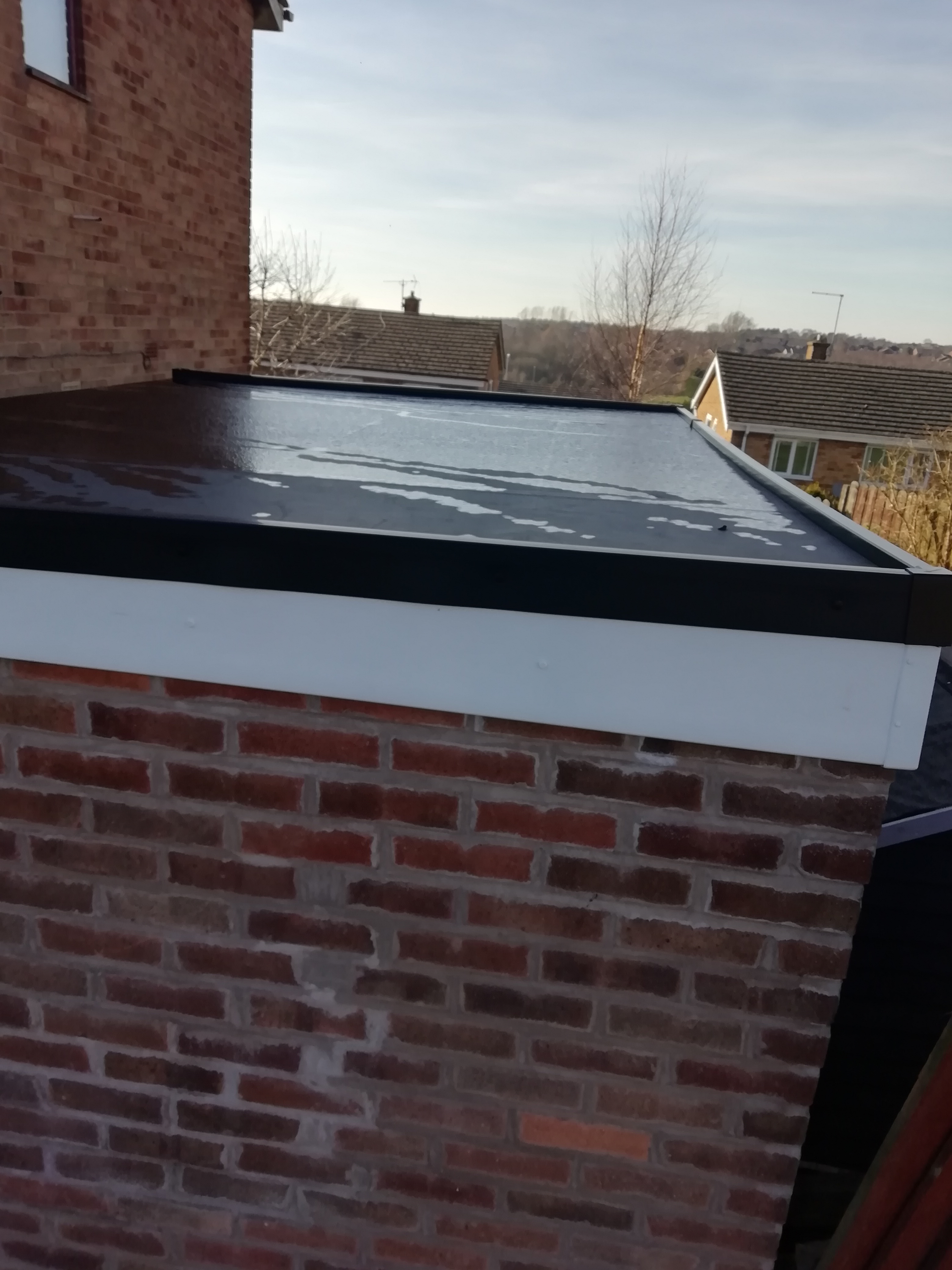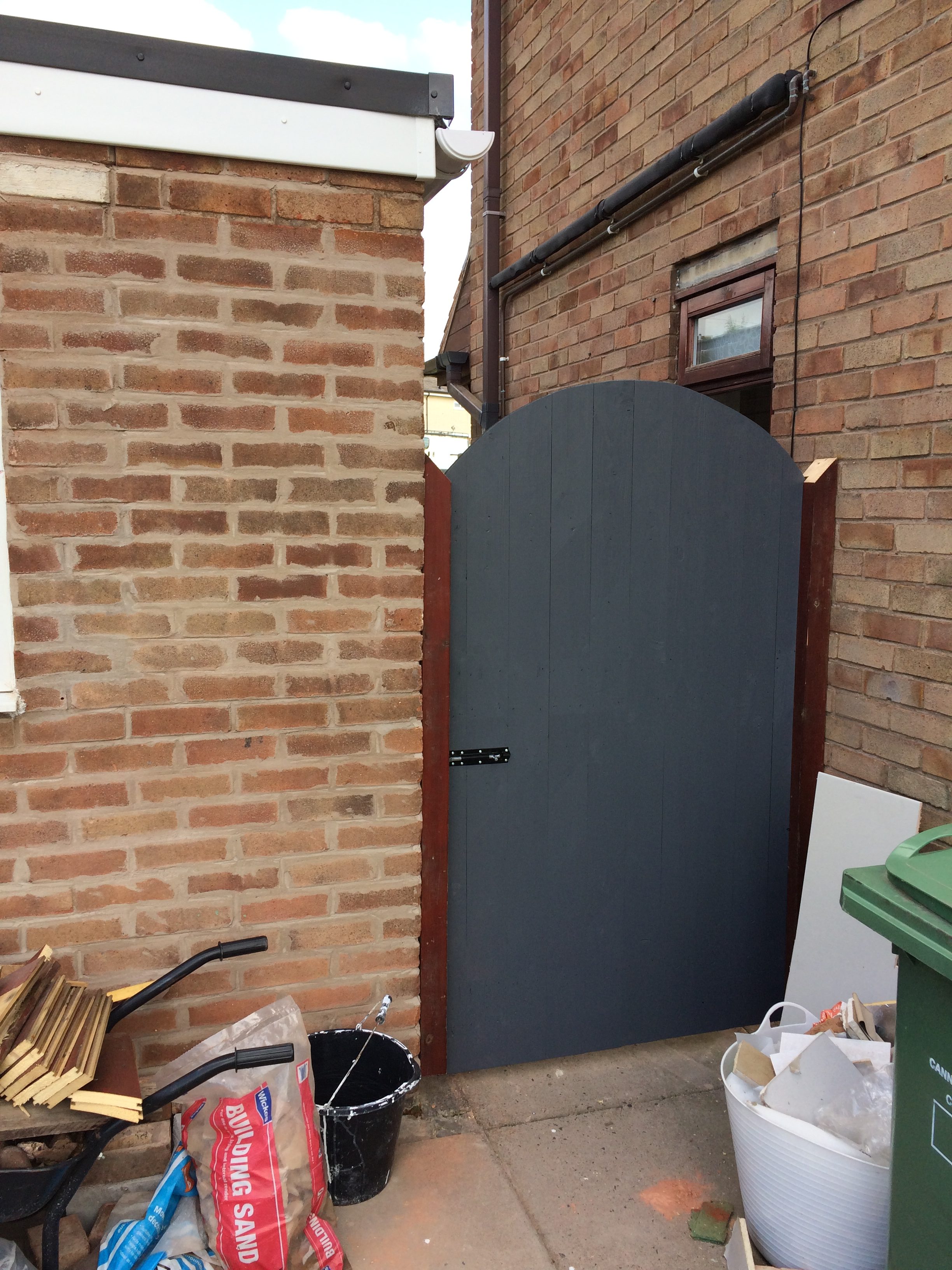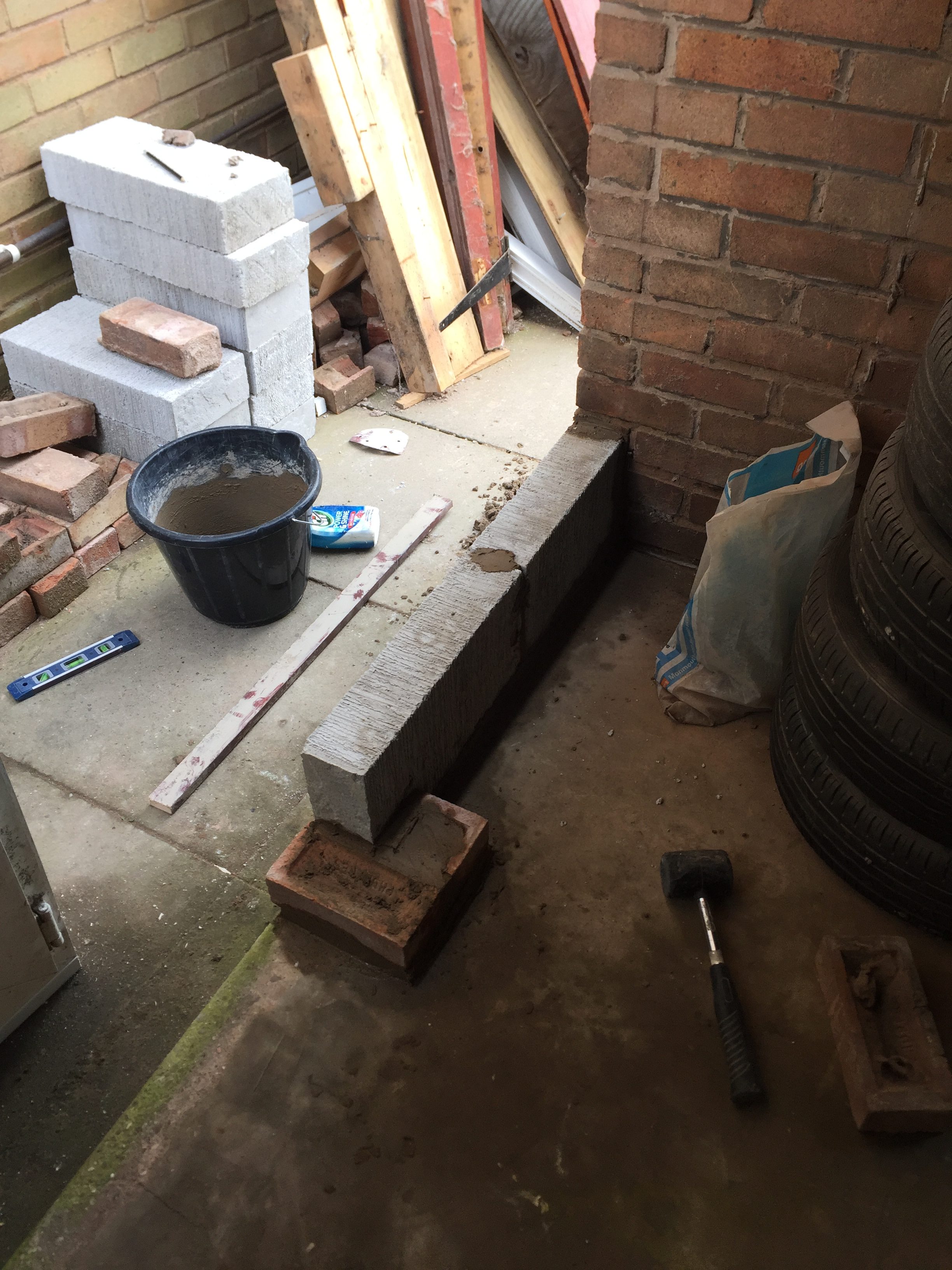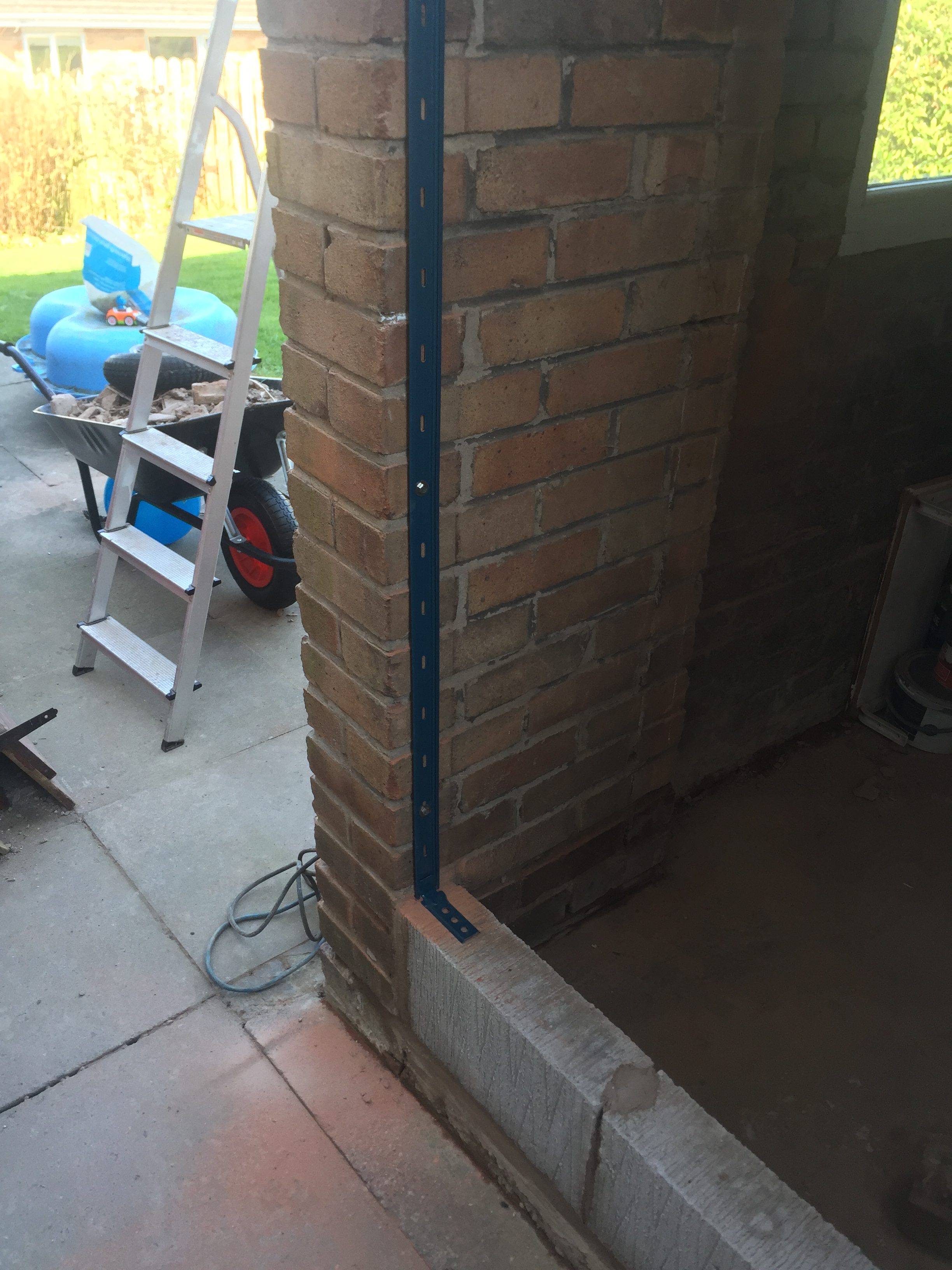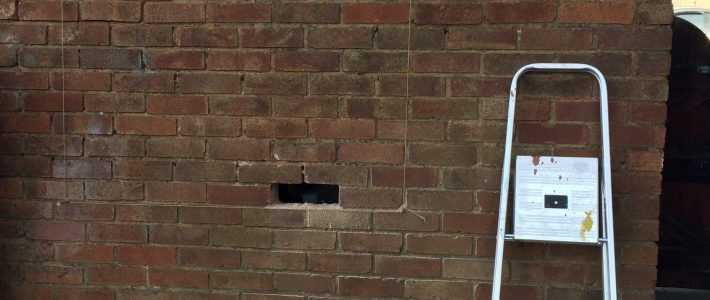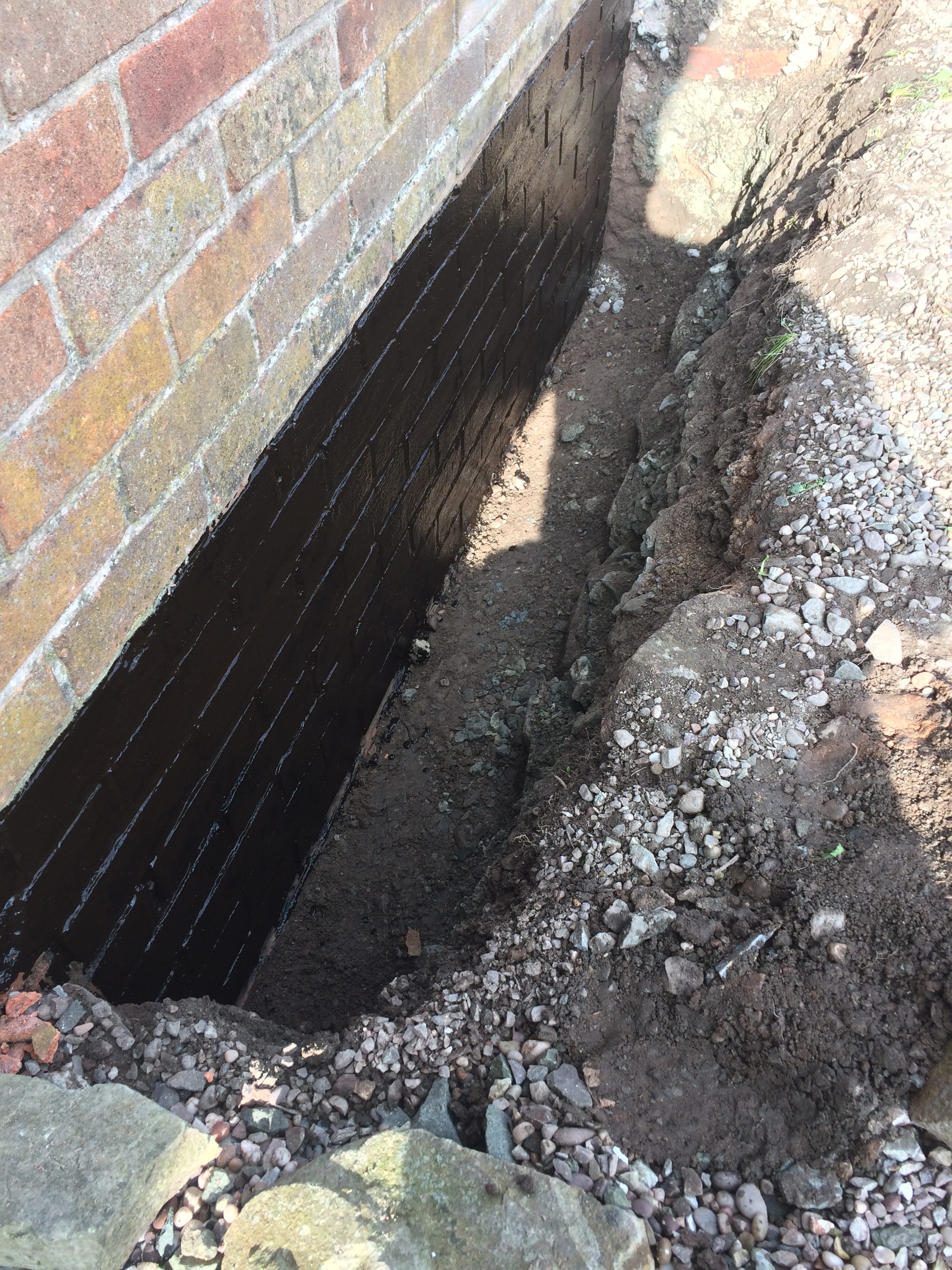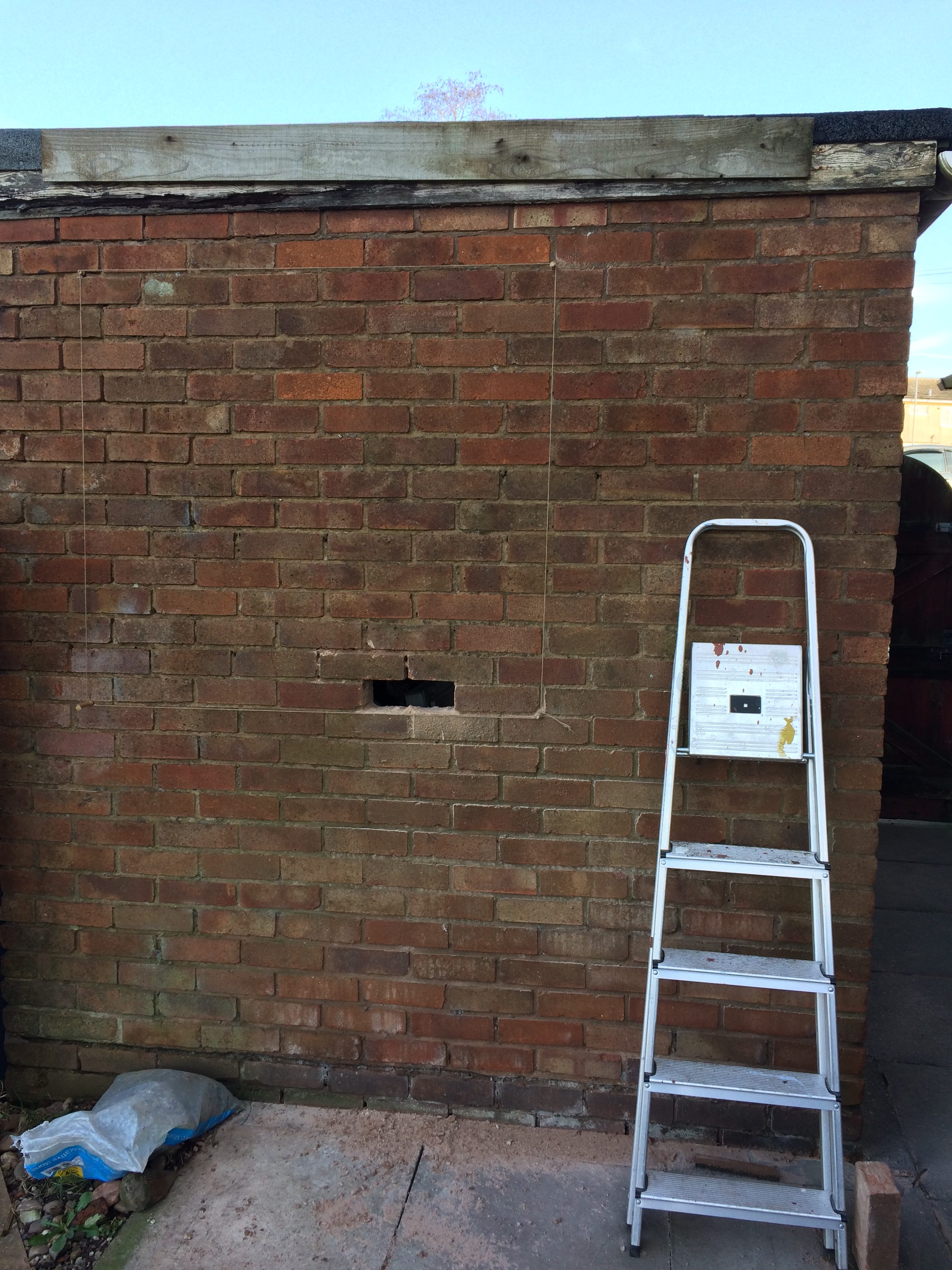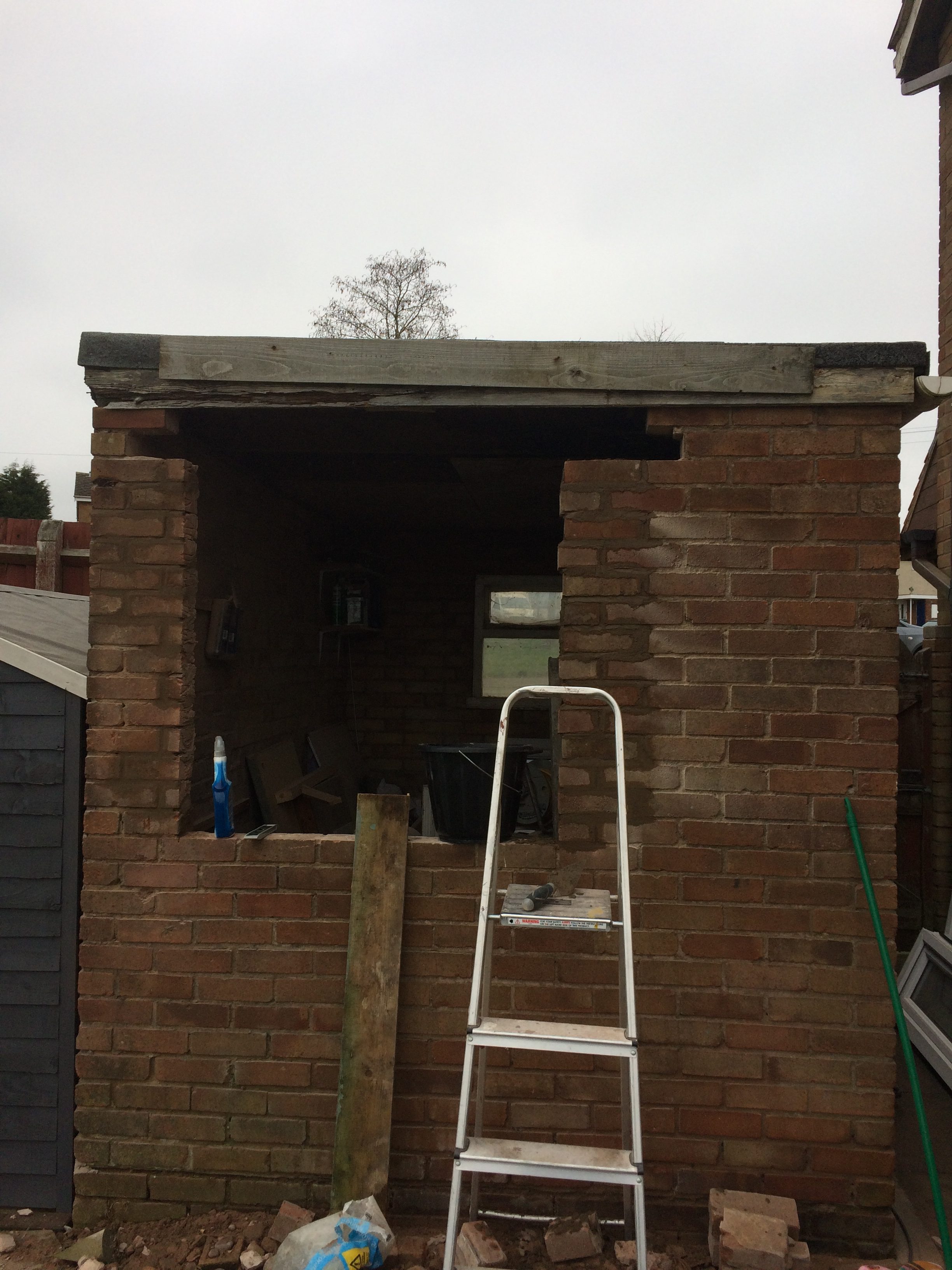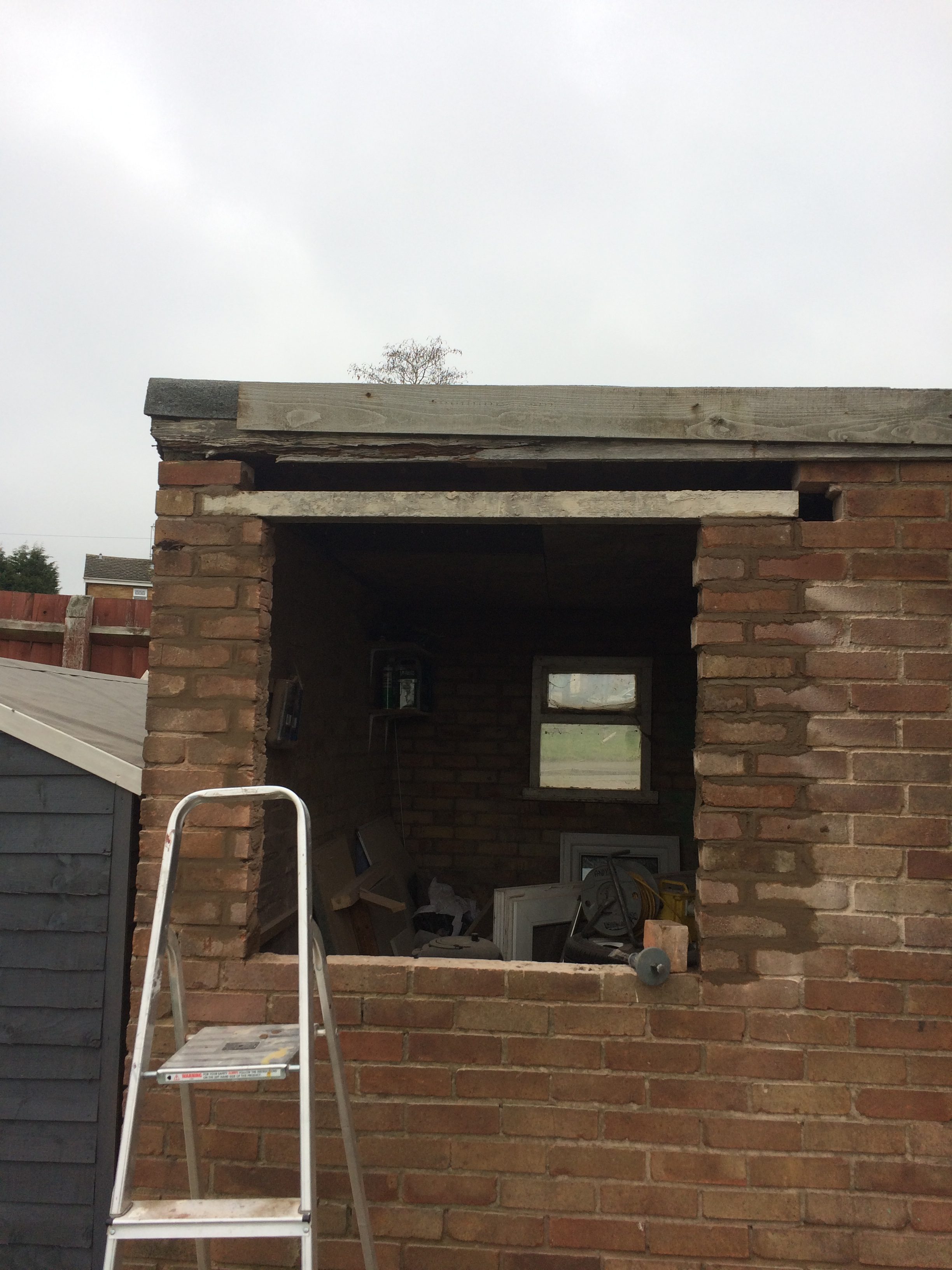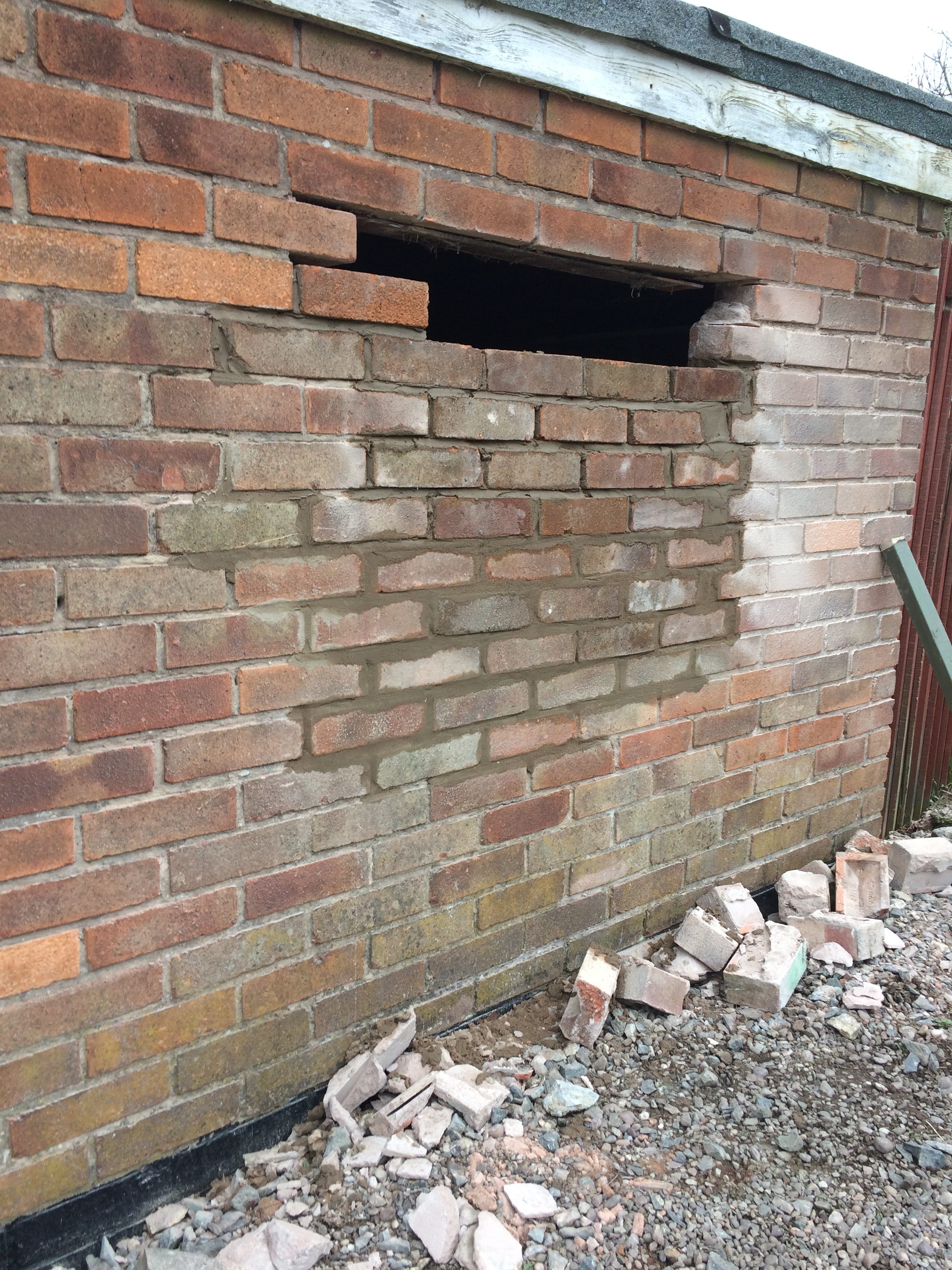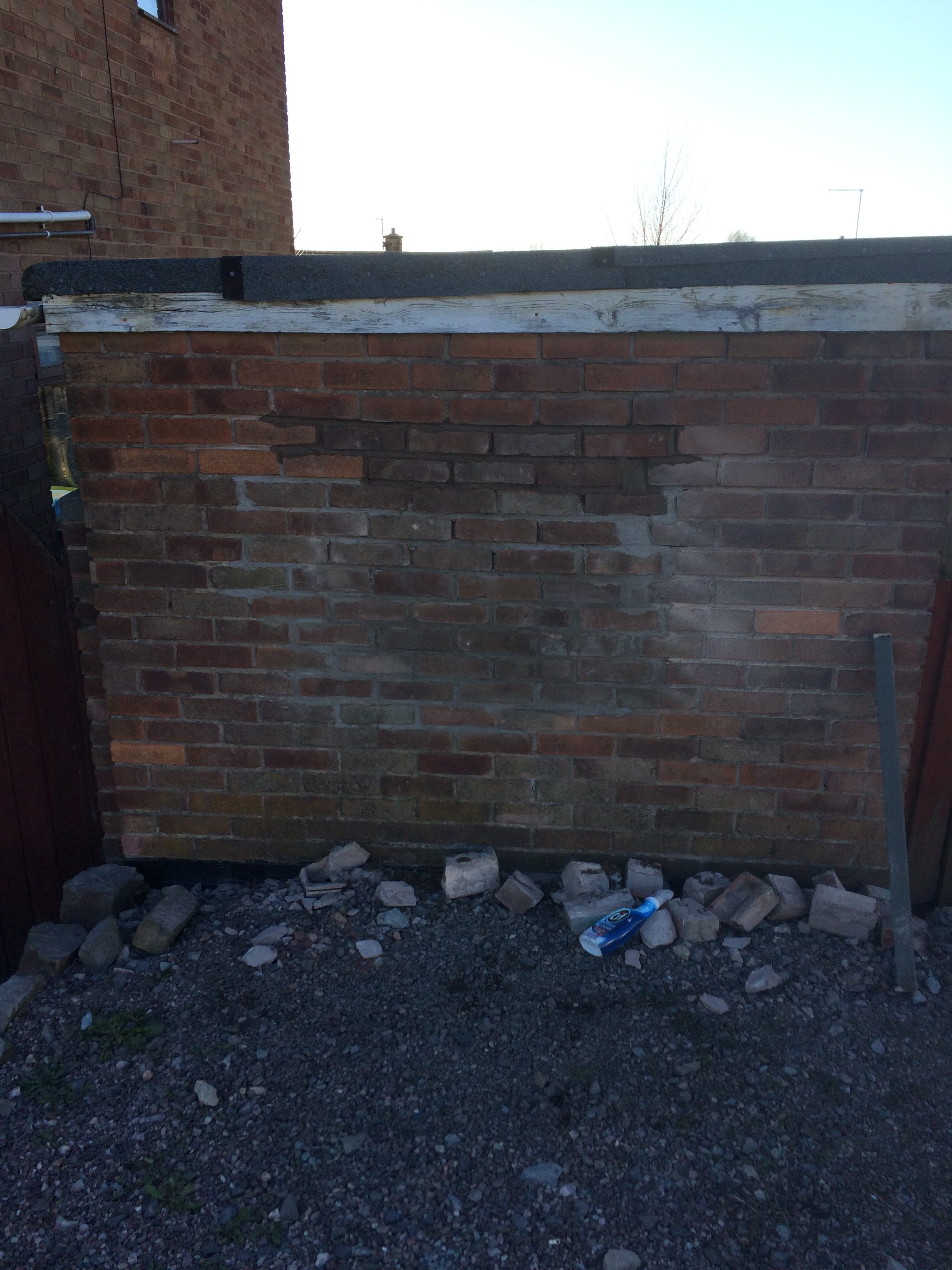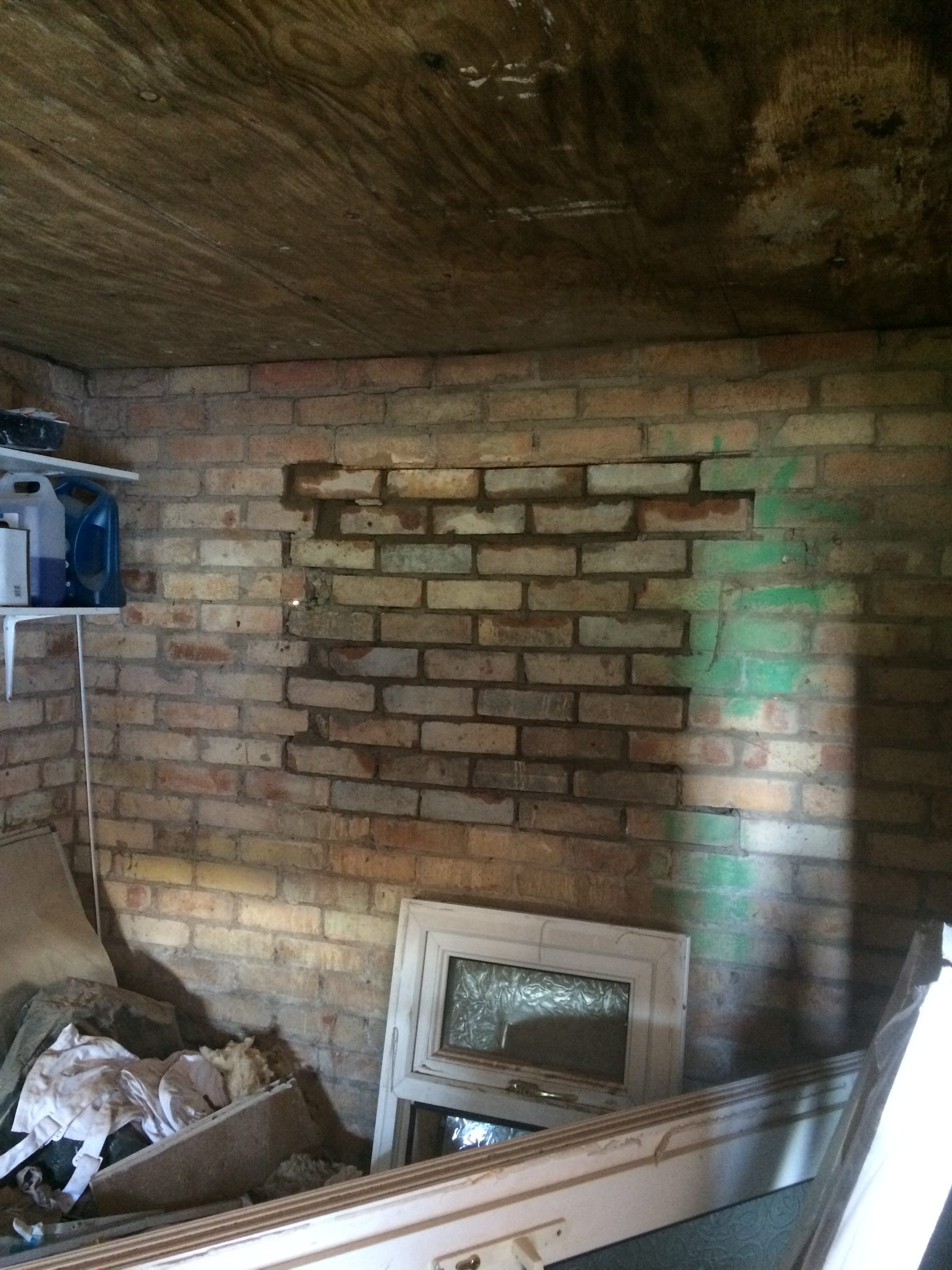At the beginning of my guitar playing, theory took a backseat to playing riffs as I worked solely on the physical side of playing the guitar. Being a young, naive sort of dude I never wanted to learn that namby-pamby scale theory. Now, with the wonders of hindsight in mind, I wonder what I would understand now if I had given a Monkeys about theory back then. Even though I was oblivious to it, or just plain idle, I believe students at the earliest stages of learning any instrument should give it a go. My dad once said “Do as I say, not as I do”. So learn from my errors in judgment and familiarise ones self with a bit of theory to help with the maze of learning music. Here’s the basic structure of a Major scale to get you going.
Forgive me for assuming you understand that notes are named after the first 7 letters of the alphabet A B C D E F G. The distance between these notes vary from note to note and are measured by things called Tones (2 frets on the guitar) and Semitones (1 fret). If we begin with the letter C (A3 on the guitar) and ascend by a tone we should arrive at a D (A5). Say if we wanted to ascend by a semitone from the same C note we should arrive at a C# (A4). See Figure 1.
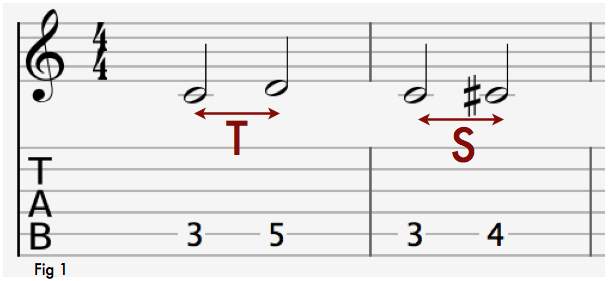
A major scale is constructed with a finite combination of Tones and Semitones to create the familiar ‘happy’ feel. That combination goes T-T-S-T-T-T-S. Beginning with C again, ascend a Tone to D, and again a Tone to E, a Semitone to F, a Tone to G, a Tone to A, a Tone to B and finally a Semitone back to C. See Figure 2.
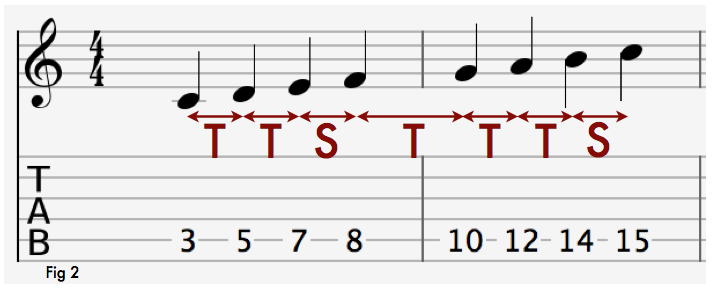
There you have it, the construction of a major scale that can start on any note you like to create any major scale. It’s funny to think the melodies, chords & harmonies that make the world of music as diverse and as beautifully formed as it is can start with such simple beginnings such as a major scale. Keep learning and experimenting.
